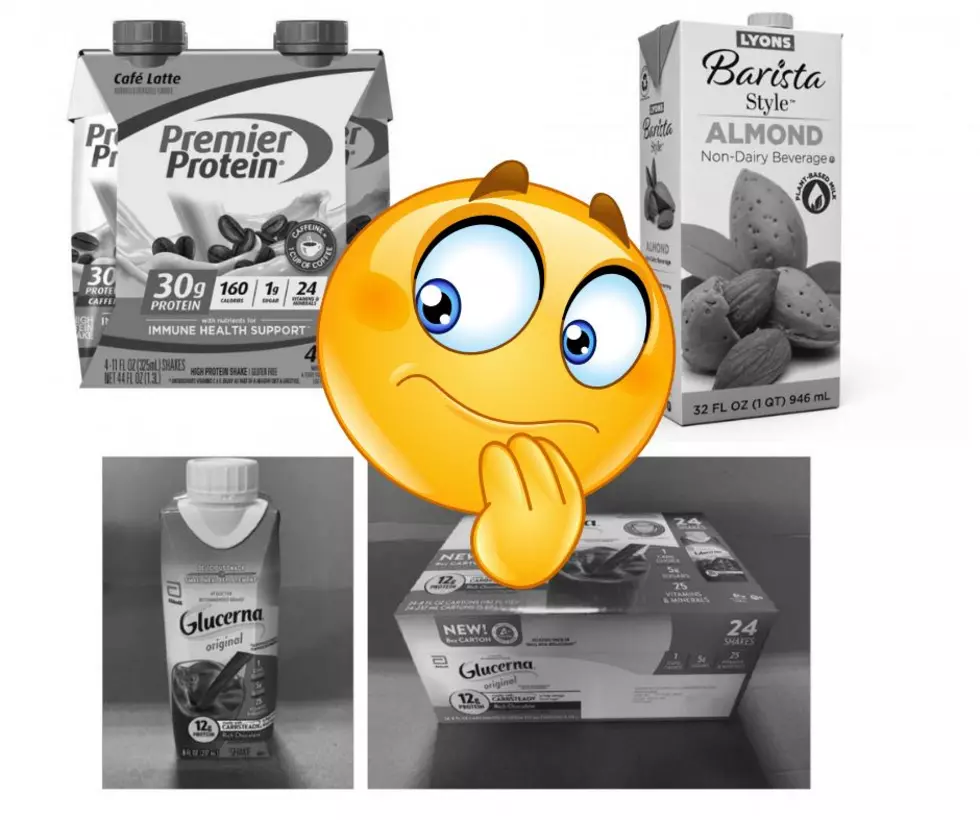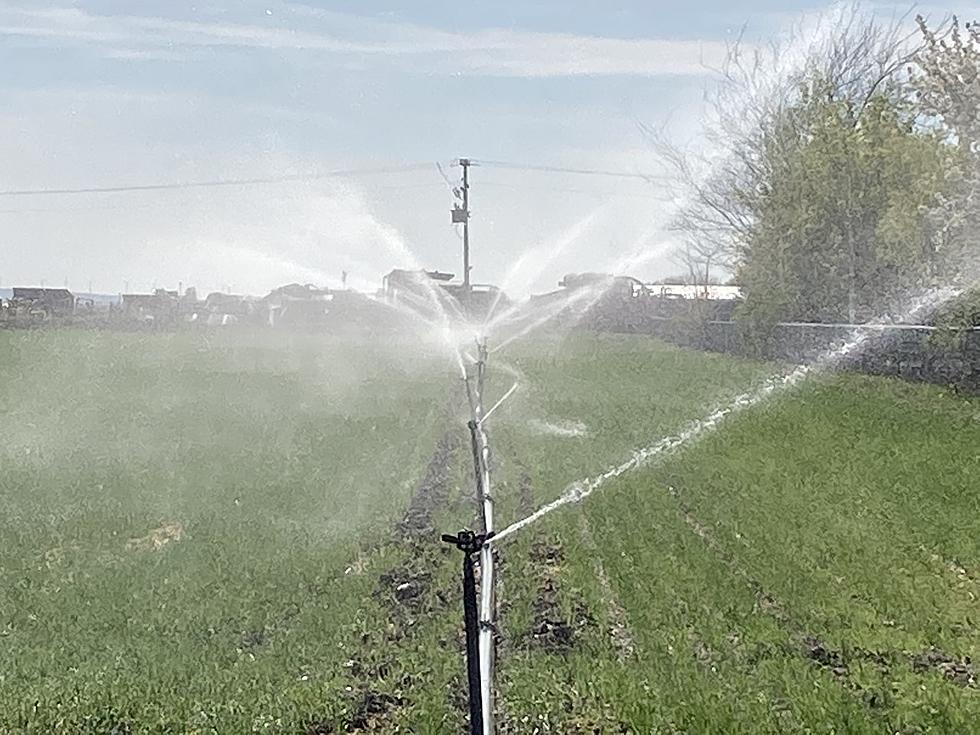
Idaho nuclear waste treatment plant reports progress
BOISE, Idaho (AP) — Workers at an Idaho nuclear facility have made significant progress in efforts to remove high-level liquid radioactive waste stored in tanks above a massive aquifer, officials said.
They recently completed a 50-day test at the Integrated Waste Treatment Unit, built to turn 900,000 gallons (3.5 million liters) of liquid nuclear waste into more manageable solid waste, U.S. Department of Energy contractor Fluor Idaho said in a statement Tuesday.
The Energy Department initially had a 2012 deadline to remove the liquid waste at its 890-square-mile (2,305-square-kilometer) site west of the city of Idaho Falls that includes the Idaho National Laboratory. The waste is stored in tanks at the federal site that sits above a giant aquifer supplying water to cities and farms in the region.
The missed deadline, which has been extended multiple times, means the Energy Department is violating a 1995 agreement with Idaho to clean up nuclear waste at the site. Penalties include fines and preventing spent nuclear fuel from entering the state.
Attorney General Lawrence Wasden has blocked shipments of spent research fuel to the Idaho National Laboratory but said he was encouraged by the recent work.
"This is new scientific territory, and the men and women working on the unit should be commended for the progress they've made," Wasden said in a statement Wednesday to The Associated Press.
It comes as the Energy Department said it will label some high-level radioactive waste as lower level to make it cheaper and easier to clean up the Idaho lab and two other nuclear weapons production sites in Washington state and South Carolina.
Some Idaho lawmakers have said the state should allow in spent fuel regardless of the 1995 agreement because of millions of dollars of federal research money that would follow.
Mark Peters, director of the Idaho National Laboratory, told lawmakers earlier this year that the biggest threat to the facility's status as the nation's primary nuclear research lab is the ban on bringing in small quantities of spent nuclear fuel for research.
But Wasden has said penalties in the 1995 agreement are the only enforcement tools Idaho has to get the Energy Department to remove the radioactive liquid waste.
Federal officials have said the biggest problem at the treatment plant involves a cylindrical vessel filled with billions of tiny sand-like particles that is heated to 1,200 degrees (650 degrees Celsius). The plan is to inject the liquid radioactive waste so that it coats the tiny particles, which would ultimately be sealed in stainless steel canisters.
However, previous simulated waste used in practice runs coated the inside of the cylinder, causing a bark-like substance to form and disrupting the process.
Officials said the recent successful test treated some 62,000 gallons (235,000 liters) of non-radioactive simulant that mimics the liquid radioactive waste. Fluor Idaho, the U.S. contractor, also said that a test last summer converted more than 53,000 gallons (200,000 liters) of liquid simulant into dry, granular solids.
Fluor Idaho said the treatment unit will now undergo modifications for several months to prepare to treat the nuclear waste. Additional tests also are planned and a date for treating the liquid waste hasn't been set, spokesman Erik Simpson said.
By KEITH RIDLER Associated Press
More From News Radio 1310 KLIX









